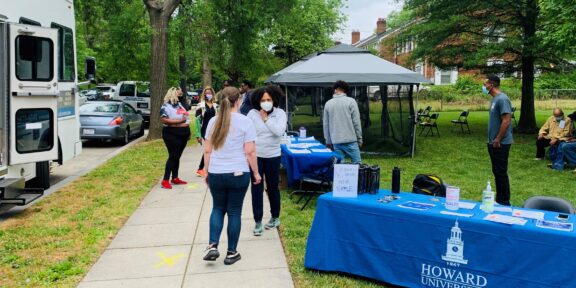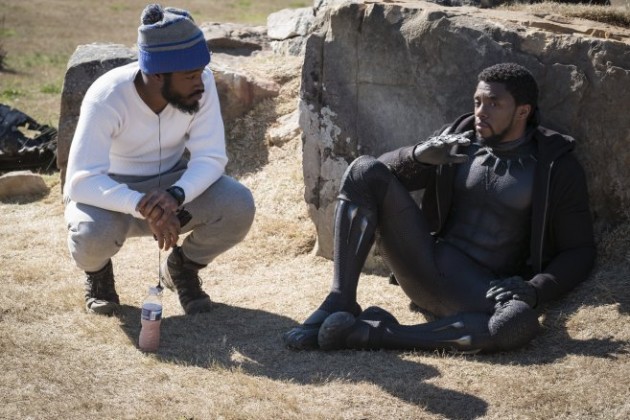The United States ranks as number one in the word in incarceration of residents. Washington, D.C. ranks 4th in the country behind Philadelphia and two Tennessee counties Shelby and Davidson in incarcerating residents. A report by the Justice Policy Institute shows that the city has an over-reliance on incarceration, one reason for this high rate is the inability of inmates to post bail and having to stay in jail until their court date. A significant number of inmates are homeless, drug addicts, or mentally ill.
Incarceration is quite expensive and is running D.C. quite a tab, with states spending more than $49 billion on corrections. America has hit a significant landmark with one in every 100 adults in America are imprisoned. A news report released by Pew Center on the States’ Public Safety Performance Project shows that at the beginning of 2008, 2,319,258 adults were imprisoned in America. In 2007, the prison population grew by more than 25,000 inmates. In Washington, D.C. there are 3,214 inmates under city control that means that 553 people out of 100,000 residents are incarcerated. These numbers do not include the number of inmates in state prisons who are charged with more serious crimes there are nearly 7000 inmates from D.C. that are being held in federal prisons.
Three states with the largest number of inmate populations grew Ohio, Florida, and Georgia while other states with a large population saw it decline New York, Michigan, Texas, and California. Some states such as Kentucky saw a jump in prison population, with Kentucky rising 12 percent. The most recent U.S. Department of Justice recent report found that 1 in 30 men between the ages of 20 and 34 are incarcerated. The racial disparity in prison systems is alarming with 1 in every 9 black men between the ages of 20 and 34 is behind bars. This number shows how drastic the prison population is from the national population. Black women also have a higher incarceration rate compared to others. Sophomore Public Relations major Natasha Bethea states ” it’s a shame that the rate of black men in jail is more than double the rate of the national population incarceration rate.”
The prison population is increasing but that does not correlate with crime. Policy makers are creating tougher sentencing for crimes such as three strike policies and other sentencing laws that are commanding longer prison stays on inmates. Repeat offenders often make-up the prison population. With the prison population growing so rapidly, there has to be other initiatives taken to decrease the prison population,




